Hawzah News Agency – The holy month of Ramadan occupies a special place in the hearts of Algerians. Preparations are seen through people cleaning mosques and painting walls, as well as the clear demand for Ramadan supplies. In every house, there is an Iftar table for family and relatives.
Algeria is one of the largest Arab countries in terms of area with cities and states far and wide. People are informed of iftar time in several ways other than the traditional one of the Adhan (call to prayer), which alone is not enough. Blowing trumpets is common in populated areas, especially villages and valleys. The person who blows a trumpet stands on top of one of the old buildings for the sound to reach everyone. As for remote areas, fasting people watch the sunset in order to determine the time to break their fast. Additionally, green lamps are lit on top of mosques to let people know it is Iftar time.
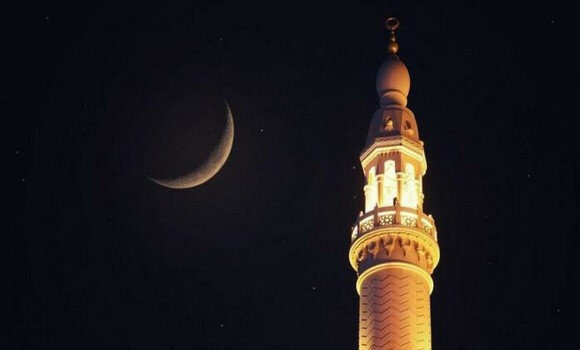
Throughout the holy month of Ramadan, the Quran is broadcast via loudspeakers. Sheikh Abdulbaset Abdulsamad has Algerians’ favorite voice when it comes to reciting the Quran.
Mosques are filled with worshipers who perform Tarawih prayers and read the Quran. Contests are held for memorizing the Quran, in addition to other religious celebrations, such as Lailat Al-Qadr, which receives great attention from Algerians.
Like most Islamic communities, in Algeria the habits of Ramadan are common. Charity iftars for the poor are prepared. Algerian families and charities distribute what is known as “Qufet Ramadan” (Ramadan basket) given to needy families. Meat is also distributed by charities and more affluent families.
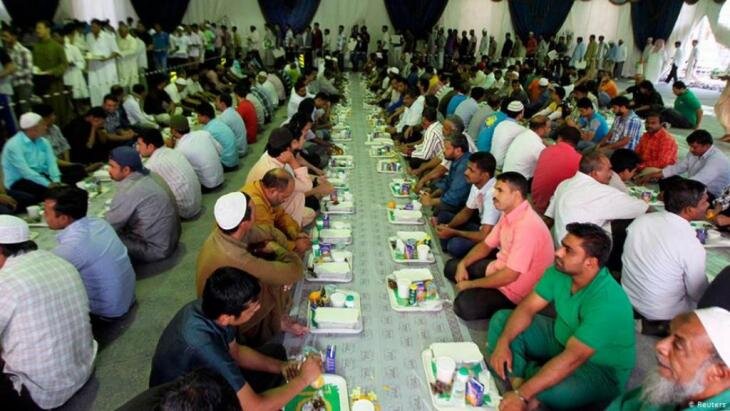
As for children in Algeria, they welcome Ramadan with joy as they are allowed to play outside and sing Ramadan songs.
As for children fasting for the first time, they are rewarded in a special way to be encouraged. Girls wear their best outfits and sit like queens amid a celebration of their fasting. The celebrations differ from one area to another, amid a family atmosphere that encourages sustaining the obligation of fasting.
As for the iftar meal in Algeria, it starts with dates and milk, either mixed or separated. Then they have harira, which is a soup made of barley flour and is very popular in eastern and western Algeria.

The main meal in all houses is composed of meat and vegetables with meat broth. In most cases, vegetables are grinded or mashed in order to be eaten in a mix. An example is potatoes with tomatoes. This main dish is only eaten after Isha’ and Tarawih prayers, followed by tea or Turkish coffee.
As for the main dish in Algeria, it is Tajine. It is made of dried plum or raisins with almonds, with sheep meat or chicken, and a bit of sugar. The broth should be as thick as honey.
After Iftar come sweets. The most famous of them is the “almond heart.” They are triangle-shaped and made of flour mixed with almond powder or peanut butter and cocoa powder. This is mixed with olive oil. After it is sliced and split into triangles, almonds are put on top of them then left in the oven. After they cool down, they are dipped in honey.
As for suhoor, Algerians love to eat mesfouf with raisins and milk. Mesfouf is made of dried couscous.
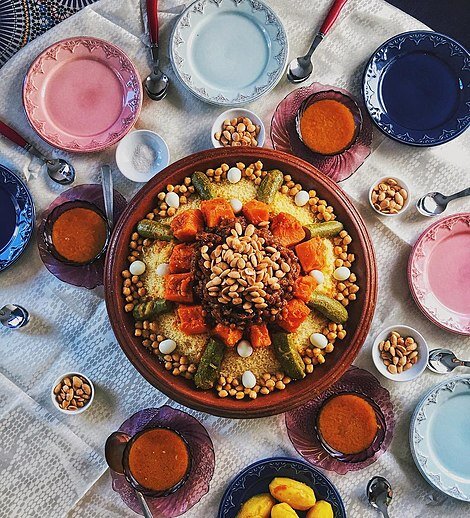


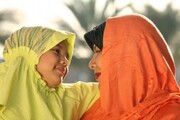
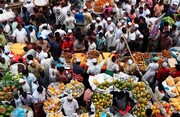
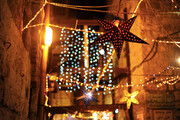
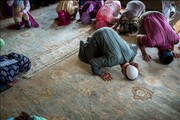
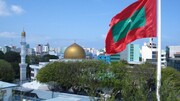
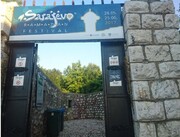

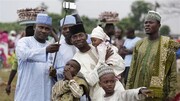
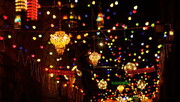
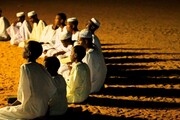
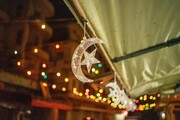

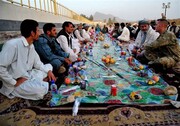
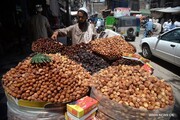
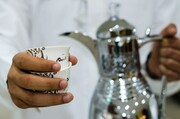
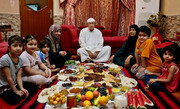
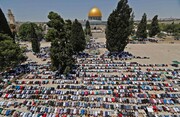

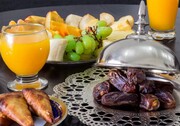

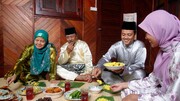
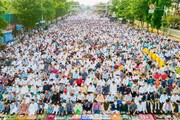
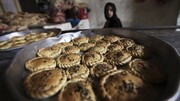

Your Comment